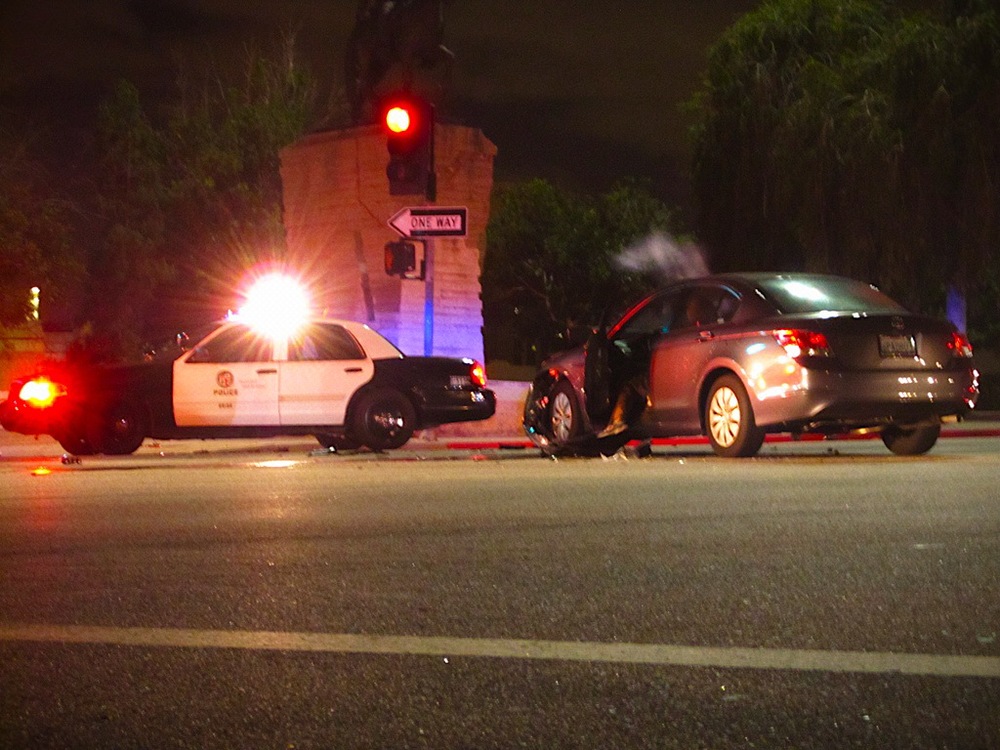
Wrecks aren't fun for anyone. But as a fleet manager, accident reporting is a necessary part of the job. Proper documentation is key to protecting your driver and company. It also ensures that you will have usable data to reference and help prevent further accidents with company vehicles. Here are some helpful tips that will come in handy if and when there is an automobile accident in your fleet.
Before an Accident
Implement Preventative Measures
Daily safety checks and inspections are great for establishing a mindset of safety. You can track these activities in your Fleet Management Software to be sure they are being done with regularity. Properly maintaining your vehicles and keeping them in running order will ensure that the car or truck will not put the driver at risk. A quick walk around the vehicle before departing is also a good way to check for any unforeseen objects while backing or leaving a dangerous area.
If you are utilizing GPS Telematics or a VHM to track driver behavior, continually check for signs of dangerous driving (ie unsafe braking or acceleration and speeding). Operators who are are constantly being monitored can have an accident up to 38% less than those who are not.
Train Drivers on Accident Avoidance
Training drivers on both how to avoid an accident and what to do if one does occur is essential to operating a safe fleet. You can find a list of Accident Prevention Courses online and save your company money on insurance by having employees participate in certified programs.
Educate Employees on What to do After an Accident
If an accident does occur, you want all of your drivers to know what to do. It is a great idea to hold regular meetings on auto safety and include this information. Their behavior after an incident can have a huge impact on the outcome, so being ready is key.
After an Accident
Documentation
First and foremost, be sure that any vehicle involved in an incident moves to a safe location out of harms way. Because the driver is the first person on the accident scene, he or she should begin gathering information as soon as possible. They key is to be thorough in documentation and make every effort to collect the following:
- Names & Addresses of drivers/occupants of any vehicles involved in addition to other injured persons and witnesses
- Their operator's license numbers
- Insurance company names and policy numbers
Having a form in the vehicles to record this information is a good idea. Photo documentation is also important, so encourage your drivers to use cameras on their mobile device or keep a disposable one in every vehicle.
Important: Drivers should not discuss fault with, or sign anything for anyone other than an authorized representative of your company, a police officer, or a representative of the insurance provider.
Internal Policy and Company Documentation
Every fleet manager should have an established documentation and review process in place for when an accident does occur. Aside from storing documents and photos securely in your fleet management system, you should also keep hard copy records on hand for a minimum of 7 years as required by law.
Depending on the cause of the accident, driver remediation, corrective action or further training may be a good idea.
From the entire Fleetio team - Keep it Safe!



